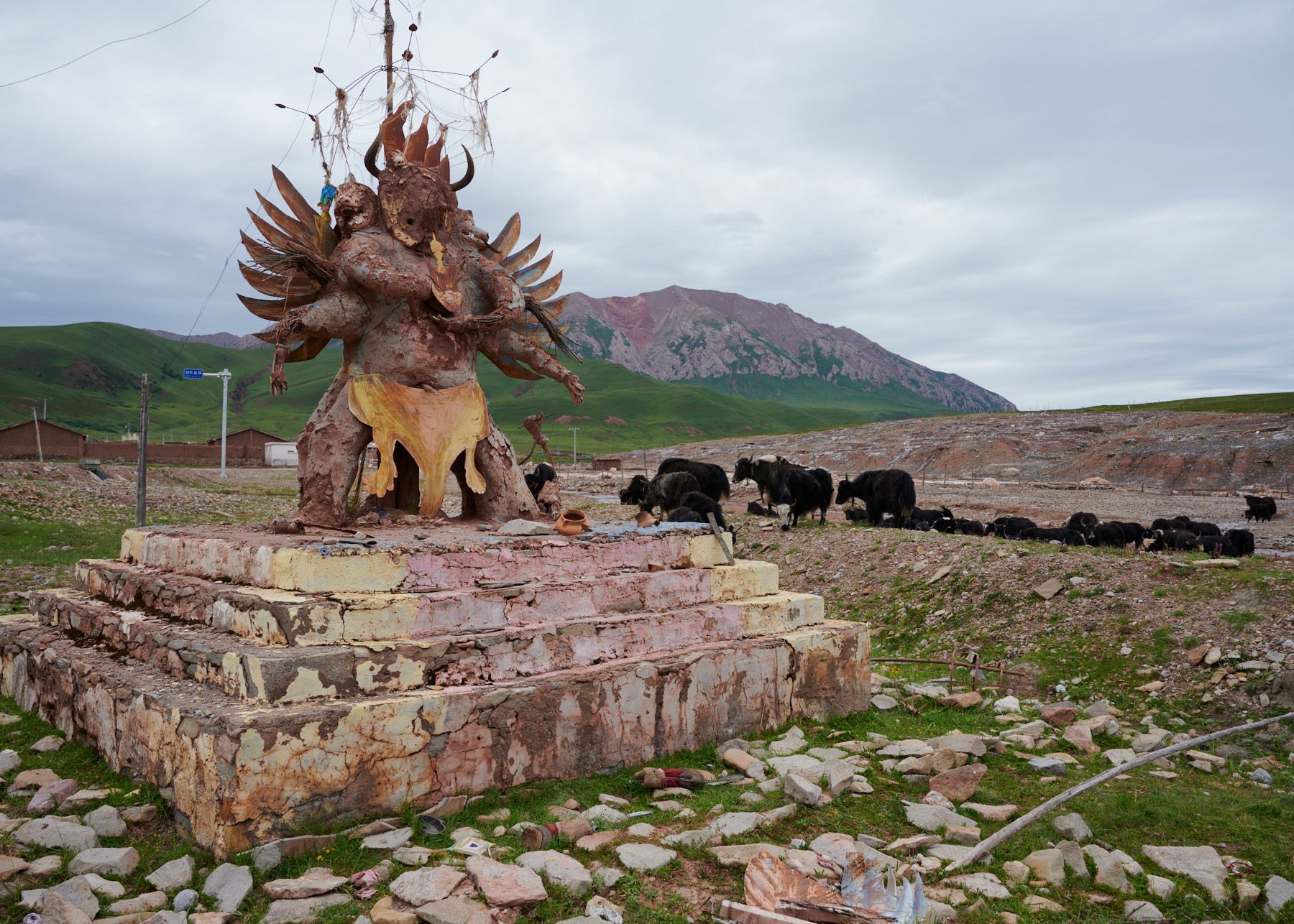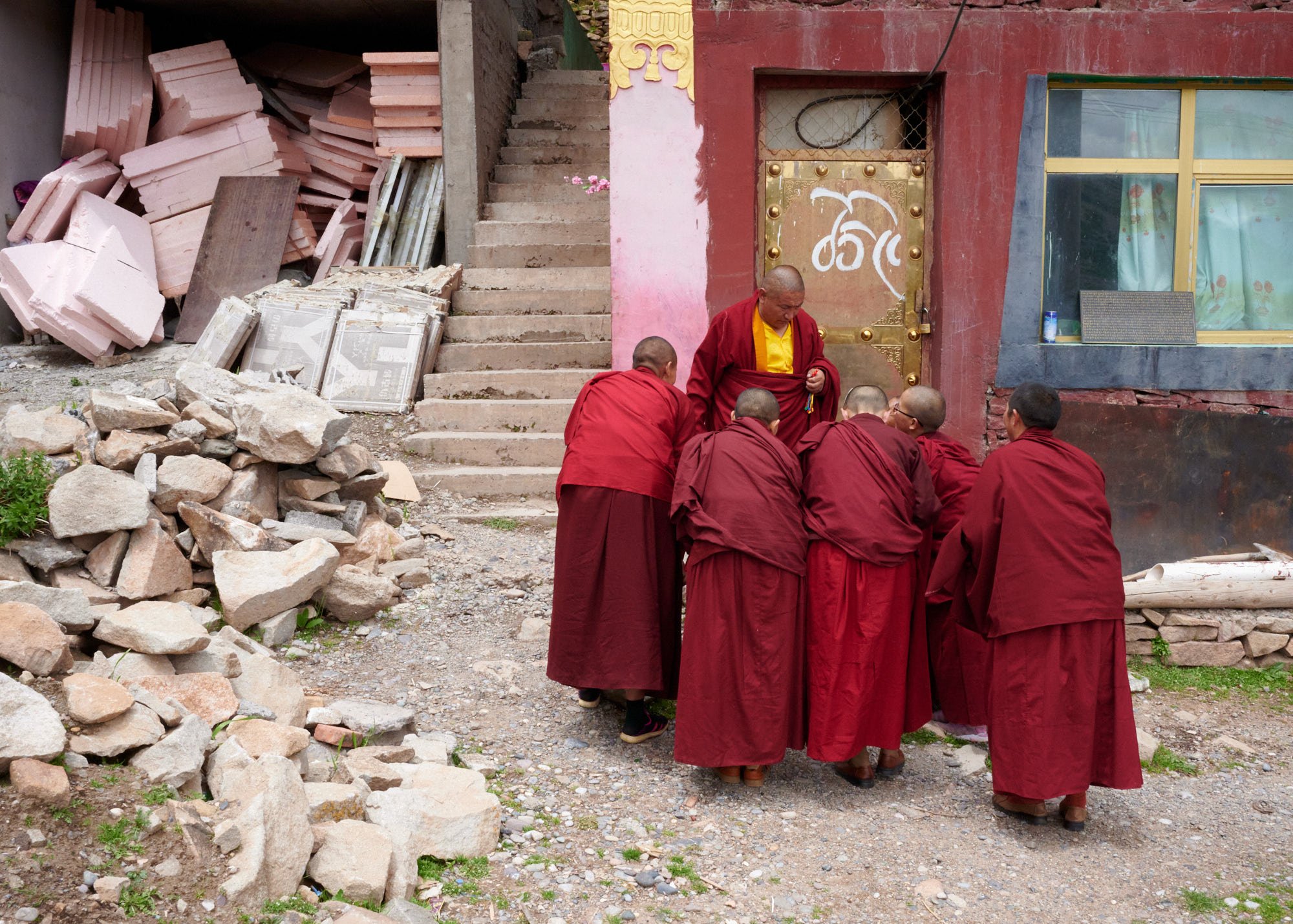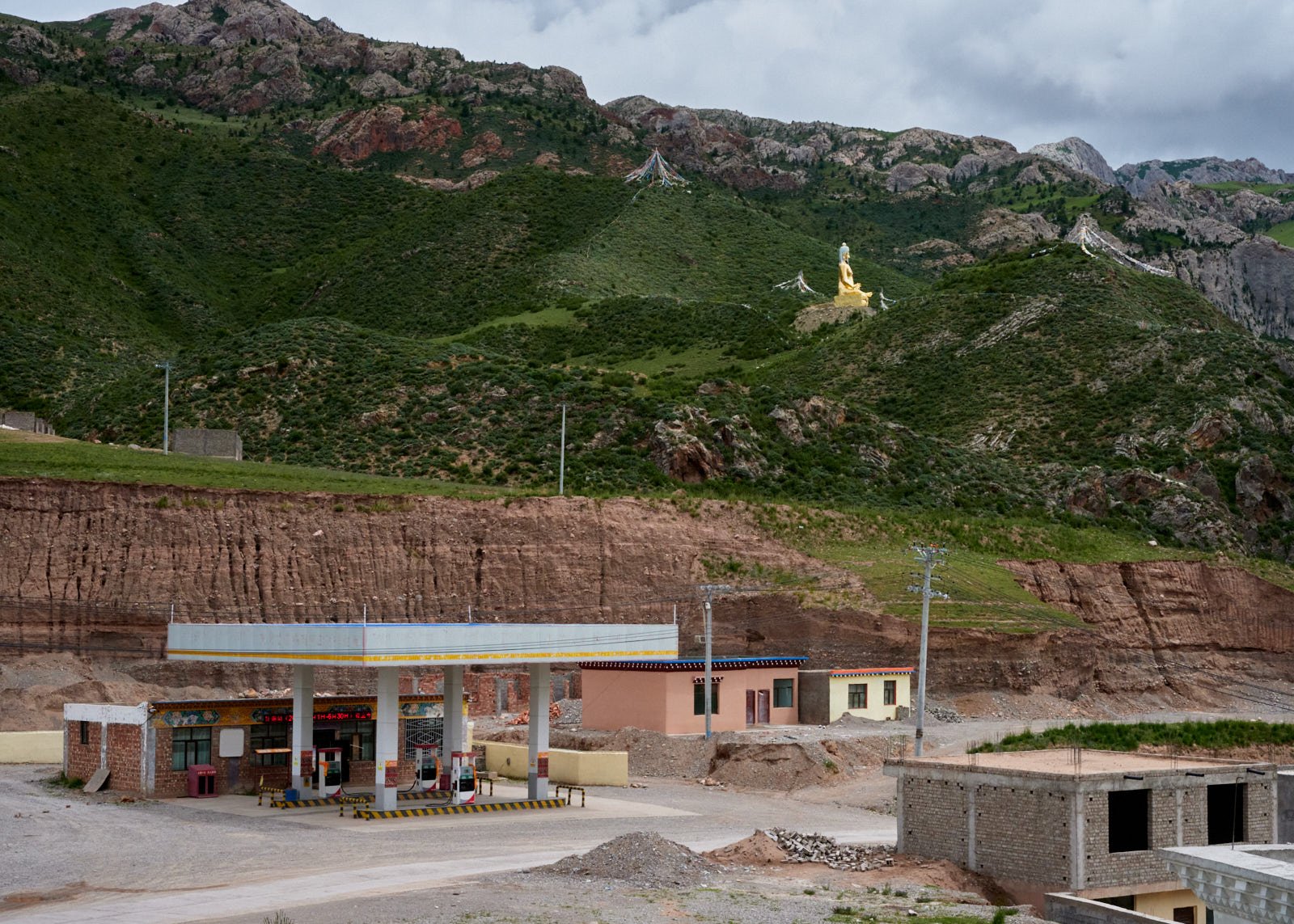Tibet’s Forgotten Kingdom
Bradt Travel Club Magazine 2021
-
‘Hundreds of years ago, the Lamas at this monastery flew to ceremonies,’ says High Lama Kungsang Dhundup. his eyes flickering between attention and reflection. ‘Modern Lamas have lost those powers of great concentration,’ he continues, with an air of humility.
I examine his face for a hint of irony, which seems to entertain him. He offers me another Momo (Tibetan dumpling). I survey the room full of awe-struck nuns, kneeling amid a treasure trove of Buddhist art, executed using a hallucinogenic palette of pigments and dyes, and decide to suspend my disbelief. Something I would do many times during my journey through Nangchen County.
Until 1949, Nangchen was an independent kingdom in eastern Tibet, with its own language and royal family, entirely separate from Chinese or Tibetan influence. The last king of Nangchen was King Tashi Tsewang, who was killed during the cultural revolution of 1949’.







The ancient Buddhist practice of debating takes place under a new all-weather stadium at Warka Monastery
A reclining Buddha statue being constructed in Yushu
A hillside mantra – Nangchen County's sacred geography
The fairytale setting of Dhokam Choten Karchung Stupa
An animist statue resembling a winged yak on a high pasture
“Hundreds of years ago, the Lamas at this monastery flew to ceremonies,” says Lama Kungsang Dhundup. ‘Modern Lamas have lost those powers of great concentration,” he continues with an air of humility.

Zamerchen Nunnery – where stories of flying monks abound

Evening falls on Gar Monastery, and on the deer who live on the cliffs below
Lamagon Hermitage Cave, where Lama Kunsung Dhundup spent many years in solitary mediation
The interior of Lamagon Hermitage Cave
Lama Kunsung Dhundup blesses nuns on his arrival at Zamerchan Nunnery
Excitement surrounds the arrival of Lama Kungsung Dhundup at Zamerchan Nunnery

Monks wander around a building site in Nangchen Town, an area that is seeing extensive development
A Yak herder takes a break in a mountain village
Monks perform a ceremony at Thar Monastery to appease a mountain god
A crowd gathers around traders in Caterpillar Fungus in Nangchen town, Tibet. The fungus is sought after in China for its medicinal and aphrodisiac qualities and sells for stratospheric prices
Lama Kunsung Dhundap blesses new nuns in ceremony at Zamerchen nunnery

A rare surfaced road in Nangchen county
A Chinese surveillance camera on the road to Warka Monastery
Kinga, my driver, who was once a monk, looking towards Thar Monastery
A Buddha adorns a hillside overlooking a utilitarian Chinese fuel station
Artificial flowers on the path to Gar Monastery. Nearby, a speaker plays a chant on a continuous loop

Jamyang, a Drokpa nomad, plays with his son in their winter compound as a monk meditates on hill

Teacher and student sit on a hill opposite Thar Monastery
A poster of the Potala Palace on the wall of a roadside cafe
A nun in ceremonial clothing makes the long hike up to Thar Monastery
The hallucinogenic interior of a temple at Warka Monastery
A disembodied Yaks head lies at the top of a 5000m mountain pass

A traditional craftsmen takes a break during the construction of a new monastery
A Roadside stupa - a common sight in Nangchen County
Ananda sits in his compound while Monks perform a ceremony to bless his house
Prayer flags adorn a rock outcrop on a high mountain pass
Villagers take a break from building a house as I walk by

A nun feeds Pigeons at Zamerchen Nunnery





























